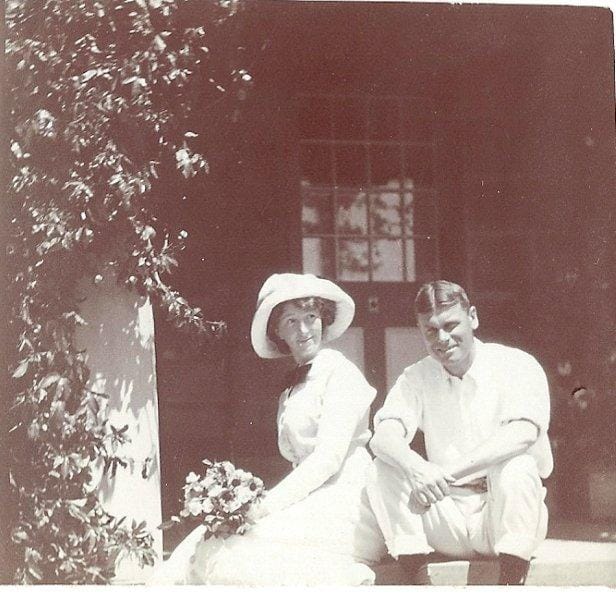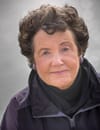Deep Compassion

Dr. Philip Millard and his beautiful Australian red headed wife Ursula on the steps of their home in Herschel in the Eastern Cape in 1907 – See more at: https://www.oncecalledhome.com/2013/02/deep-compassion/#sthash.oVySn26V.dpuf
Deep Compassion
Dr. Philip Millard owned one of the earliest cars in England. He insisted on teaching his fiancee, Ursula, to drive, saying everyone would soon own a car and women would drive.
Deep Compassion
But once he moved to Africa, where his patients often paid in kind, in eggs or scrawny chickens, he could not afford a car. It was only in 1925 when his youngest daughter Joan was nine that he was able to buy one.
Ursula often accompanied him on his rounds, although she hated the sight of blood and suffering. He wanted his son John to follow in his footsteps, but it was Joan who all her life wanted to do medicine. As a Victorian papa, a woman doctor was an impossible thought, nursing perhaps, but not a doctor.
At quite a young age she would be called upon to translate for ‘Dutch’ patients. Later, she took an active part in surgery, stitching cuts and giving injections. She helped with amputations and difficult childbirths. Patients often delayed, consulting witch-doctors first.
At home, he was a fireside story teller, conjurer, and practical joker. He was a wonderful father and devoted husband. He saved to give his children a good education. Joan never remembered their having any money to spare for treats.
His special care was to leave their mother in comfort when he died. When she died from a rare disease, Encephalitis lethargica (sleepy sickness, not to be confused with sleeping sickness) he was desolated. Joan had nursed her to the end.
He was an ardent believer in euthanasia, but ironically, five years after Ursula’s death, Dr. Viljoen at Aliwal diagnosed him with an aneurysm. He was allergic to morphine. There was no substitute at the time. A month later, on May 6, 1943, he died agonizingly in Joan’s arms.
She longed for a brother, sister, or lover to be beside her. But Barbara had died in a horse riding accident after Joan had nursed her, night and day for ten weeks, back to health from typhoid. Her brother, John, and her fiancee, Brian, were both far away in the war.
She smiled tearfully when little Angela, Barbara’s child, said “What a pity about Daddy, but he and Mummy will have so much to chat about and now we can listen to the wireless.”
She herself was ill with pleurisy. Two days after the funeral she was served with a formal letter from the local magistrate, an Afrikaner who hated the English. As of today you are given notice to leave the house you now occupy within fourteen days.
Her father had spent three years building the house before sending for Ursula, his fiancee. It had been the official doctors residence for almost forty years. What would she and Angela and Tim do now?
Excerpts taken also from Rain on the Roof, by Joan (nee Millard) Freyburg (1999) ISBN 0 646 38477 5 with family permission. Tim Hughes has made electronic copies of this wonderful book that may be available on request via the comments section of this blog.
